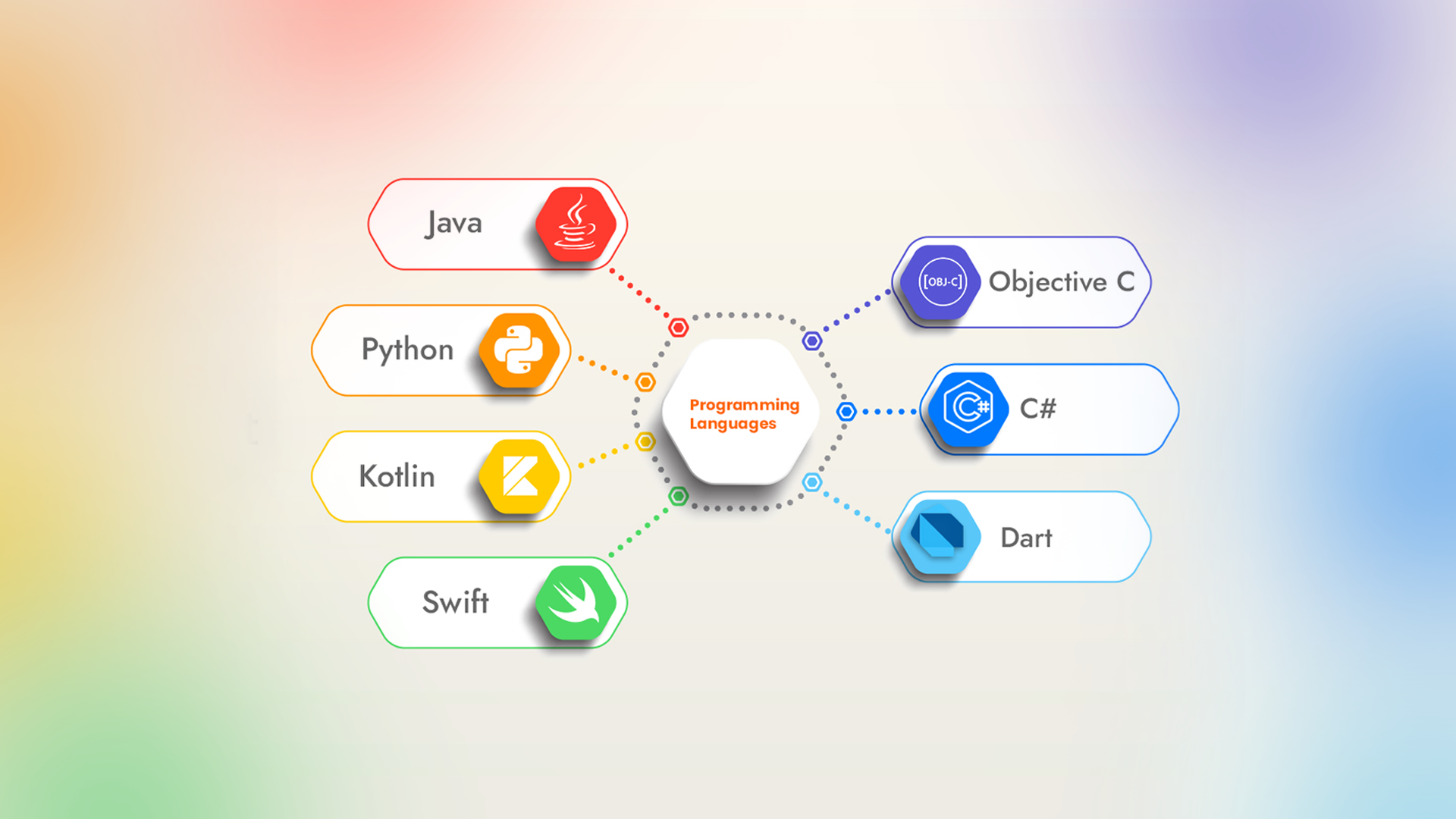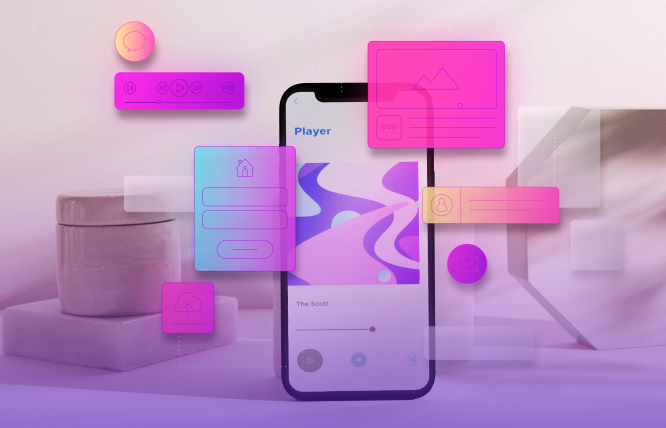Introduction
Mobile application development can get a lot easier for developers with the use of the right tools. In this article we will be discussing the tools developers can use to create a perfectly functioning app with ease.
The growing demand of mobile applications is encouraging organisations to start developing a mobile application for their own business. As this demand grows, many tools have sprouted that simplify developing efficient apps. As the market for custom applications grow, developers need a program that can fast track the development process for organisations.
In this article, we will discuss the go-to programs that developers can use for efficient app creation. We will discuss the best programs for different types of applications and how they differ.
Android App Development Tools
Developing Android apps requires a set of powerful tools that streamline the coding, testing, and debugging processes. Three of the most important tools used by Android developers are Android Studio, Android Debug Bridge (ADB), and Android Virtual Device (AVD). Each plays a crucial role in creating efficient, high-quality apps. Let’s explore these tools in detail.
Android Studio
Android Studio is the official integrated development environment (IDE) for Android app development, provided by Google. It offers a comprehensive suite of tools that simplify the development process. One of the major benefits of Android Studio is its built-in code editor with features such as code suggestions, error detection, and refactoring tools, which help developers write clean and efficient code.
The platform integrates seamlessly with Gradle, which allows for automated builds and dependency management. Android Studio also includes an emulator, making it easy to test apps on different Android devices. The layout editor, with its drag-and-drop interface, makes designing user interfaces intuitive and visual, eliminating the need to hand-code every element.
Android Debug Bridge (ADB)
Android Debug Bridge (ADB) is a command-line tool that allows developers to communicate with a device (either physical or emulated) from their development environment. ADB enables developers to execute a wide range of tasks, such as installing and debugging apps, accessing device logs, and even issuing commands to control the device remotely.
ADB is especially useful for developers when troubleshooting issues within an app or examining performance problems. It can also be used to push and pull files to and from devices, which is helpful when testing new features or fixing bugs.
Android Virtual Device (AVD)
Android Virtual Device (AVD) is an emulator configuration that allows developers to test Android applications on various virtual devices, including different models, screen sizes, and Android versions. The AVD tool is part of Android Studio and helps simulate real-world scenarios, enabling developers to see how their apps perform on different devices without needing physical hardware.
By using AVD, developers can test various functions like GPS, touch gestures, network conditions, and other device-specific features. This testing helps ensure that the app runs smoothly on multiple devices before releasing it to the public. Additionally, AVD provides the flexibility to quickly switch between different configurations, saving developers time and resources in the testing phase.
IOS Development Tools
Building iOS apps requires the right tools that enhance productivity, streamline coding, and facilitate testing. Xcode, CodeRunner, and AppCode are three essential tools widely used by iOS developers, each offering unique features that simplify the development process. Let’s explore how these tools help in creating efficient and high-quality iOS apps.
Xcode
Xcode is Apple’s official integrated development environment (IDE) for iOS and macOS app development. It is a comprehensive tool that provides everything developers need to build, test, and deploy iOS applications. Xcode includes an advanced code editor, a debugger, and performance testing tools, making it the go-to platform for iOS developers.
One of Xcode’s standout features is its Interface Builder, which allows developers to design app interfaces visually without writing code. Additionally, Xcode’s built-in simulator lets developers test their apps on virtual iOS devices, reducing the need for physical devices during the development phase. Xcode also supports Swift and Objective-C, making it versatile for different programming preferences.
CodeRunner
CodeRunner is a lightweight and versatile code editor that supports multiple programming languages, including Swift and Objective-C, which are essential for iOS development. While it’s not as comprehensive as Xcode, CodeRunner excels in providing a fast and efficient environment for writing and testing code snippets. It’s particularly useful for developers who want a simpler tool for quickly prototyping features or testing specific pieces of code without the overhead of a full IDE.
One of the key benefits of CodeRunner is its flexibility and customisation options. Developers can easily tweak the editor’s interface, add language-specific features, and integrate external scripts or libraries to enhance their workflow. CodeRunner also offers live code execution, which helps developers test their code in real-time, making it an excellent companion to Xcode for lightweight coding tasks.
AppCode
AppCode is an integrated development environment from JetBrains, designed for iOS and macOS development. It provides a powerful alternative to Xcode, offering features such as advanced code analysis, refactoring tools, and code navigation, which enhance the coding experience. AppCode supports both Swift and Objective-C, as well as other languages like C++ and JavaScript, making it a versatile choice for developers working on multi-language projects.
AppCode’s intelligent code completion, real-time code inspection, and automatic refactoring capabilities help developers write cleaner, more efficient code. It also integrates with Xcode seamlessly, allowing developers to use AppCode for coding while still relying on Xcode for tasks like UI design and testing. For developers who prefer a more customisable and intelligent coding environment, AppCode offers a robust alternative to traditional tools.
Cross-Platform App Development Tools
Cross-platform app development tools allow developers to build apps that work across multiple operating systems, such as Android and iOS, using a single codebase. Xamarin, Flutter, and React Native are among the most popular frameworks in this space, each offering unique benefits to developers. Let’s explore how these tools help streamline app development across platforms.
Xamarin
Xamarin, a tool developed by Microsoft, is a powerful framework that enables developers to create apps for Android, iOS, and Windows using C#. It allows developers to write a single codebase for all platforms while still providing access to native APIs and user interface components. This ensures that apps created with Xamarin can deliver a near-native user experience.
One of the key strengths of Xamarin is its integration with the .NET ecosystem, which is widely used for enterprise-level development. Xamarin also supports platform-specific code when needed, making it possible to fine-tune apps for each operating system.
Flutter
Flutter, developed by Google, is a popular open-source framework for building cross-platform apps with a single codebase. Flutter uses the Dart programming language and offers a unique approach to app development by allowing developers to build user interfaces using customisable widgets. This gives developers complete control over the look and feel of their apps, resulting in visually stunning, high-performance apps across Android, iOS, and even web platforms.
One of Flutter’s standout features is its “hot reload” capability, which enables developers to see changes in real-time as they update their code. This drastically speeds up the development process, making it easier to experiment with new features or design elements.
React Native
React Native, developed by Facebook, is one of the most widely used frameworks for cross-platform app development. It allows developers to create apps for Android and iOS using JavaScript and React, a popular library for building web interfaces. React Native enables developers to write code once and deploy it on multiple platforms, making it a cost-effective solution for businesses aiming to reach both iOS and Android users without developing separate apps for each platform.
React Native’s primary strength lies in its ability to provide a near-native user experience by rendering native components rather than using web views. This means apps built with React Native look and feel like native apps, even though they share most of their code between platforms.
Conclusion
Developers are always on the lookout for tools that can help them make the process of app creation quicker and simpler. With the help of app development tools, expert developers can revolutionise the way these apps are created. If you are looking for an expert app developer, FuturByte has got you covered. Contact us to get a free consultation today.
Frequently Asked Questions
Xcode is the best program for iOS app development as it is Apple’s official IDE. It provides a comprehensive set of tools for designing, coding, testing, and deploying apps for iPhones, iPads, and macOS devices.
Android Studio is the most commonly used program for Android app development. It offers an integrated environment for coding, testing, and debugging apps with built-in emulators and a range of developer tools.
Yes, cross-platform development tools like Flutter, React Native, and Xamarin allow you to build apps that run on both iOS and Android using a single codebase. These programs are popular because they reduce development time and cost.
For beginners, Flutter and React Native are often recommended. Flutter uses Dart, which is relatively easy to learn, while React Native leverages JavaScript, a language many developers are already familiar with. Both frameworks offer a simpler entry point for cross-platform development.
Yes, to develop and publish apps on the iOS App Store, you need a Mac computer with Xcode installed. However, you can use tools like Flutter or React Native on Windows or Linux for development, but you’ll still need a Mac to compile and submit the app to the App Store.
Have questions or feedback?
Get in touch with us and we‘l get back to you and help as soon as we can!




